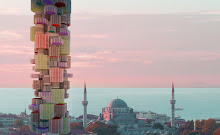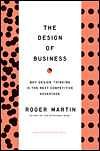I went to the Art Shack exhibition at the Laguna Art Museum, not knowing quite what to expect. I came out discovering an artist, Jeff Gillette, whose work completely enthralled me.
His two paintings, 'Slumscape,' and 'Mickey Jakarta' were so vivid and powerful; the images seemed to pop off the two dimensional canvas. I was transfixed by them. With his installations, he mixed bright and colorful images from pop culture and symbols of luxury real estate with found objects, discarded plywood and a dry sense of humor and irony to make some very provocative statements on class, inequality, ownership, home and the slums. But more surprisingly, what Gillette deftly manages to do in his creative displays of poverty is to show the viewer the weary beauty of shantytowns.
This got me thinking about slum architecture. Is there such a thing? The UN estimates that about one billion people, that is 1/6 of the world's total population, live in slum like settlements. By 2030, that is in a mere twenty years, UN Habitat has predicted that the number of people living in slums will double to two billion. From Egypt to China, Brazil and India to Kenya and South Africa and so on, each location, each city, has their unique interpretation of a shantytown. Each is built completely organically based on found objects and easily accessible building materials, influenced by weather, culture and society. Both urban theorist Mike Davis and architect Charles Correa have written about the impact and social dynamic of the slums. However, aside from these two scholars, I found little else on slum architecture. How is it that we know so little about how one to two billion people live?
I think what impressed me most about Jeff Gillette's work, is that it made me take a second and third long and careful look at shanty towns and slums, when I would have normally shied away. It made me think, in my sheltered surroundings, of these meager homes, of the people who live in them and how they live and even of their jarring beauty and creativity.

































